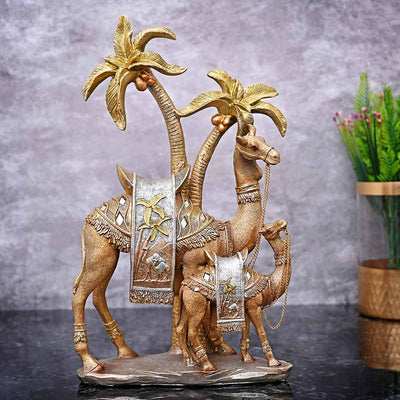Vibrant Colors and Intricate Details: Appreciating the Artistry of Pichwai Paintings
Pichwai paintings are a testament to the rich cultural heritage of Rajasthan, India. These intricate artworks are known for their vibrant colors and meticulous attention to detail, which captivate art enthusiasts and collectors worldwide. In this blog post, we delve into the artistry behind Pichwai paintings, exploring the techniques, symbolism, and historical significance that make them truly remarkable.
-
The Palette of Colors: Pichwai paintings are a riot of colors, with a vivid palette that brings the artworks to life. From vibrant blues and lush greens to rich reds and golden hues, each color has a specific meaning and purpose. The artists skillfully blend these colors, creating a harmonious composition that reflects the divine presence of Lord Krishna, the primary subject of Pichwai paintings.
-
Meticulous Detailing: One cannot help but marvel at the intricate detailing found in Pichwai paintings. Every element, whether it's the delicate features of deities, the intricate patterns on clothing, or the finely depicted flora and fauna, is meticulously crafted. Artists employ techniques like miniature brushwork and fine outlining to achieve the level of precision that Pichwai paintings are known for.
-
Symbolism and Spiritual Significance: Pichwai paintings primarily depict various aspects of Lord Krishna's life, with an emphasis on his divine leelas (playful acts). These artworks serve as a visual representation of devotion and spiritual beliefs. Symbolism plays a crucial role in Pichwai paintings, with elements like lotus flowers symbolizing purity, peacock feathers representing beauty, and cows signifying prosperity and abundance.
-
Techniques and Materials: Creating a Pichwai painting involves a meticulous process that has been passed down through generations of artists. Traditional techniques like wash technique, fine brushwork, and the use of natural pigments are employed to achieve the desired effects. Artists often work on cloth or handmade paper, using natural dyes and precious metals like gold and silver for embellishments.
-
Contemporary Adaptations: While Pichwai paintings have deep roots in tradition, contemporary artists have also embraced this art form, infusing it with new perspectives and experimentation. This blend of tradition and innovation has given rise to unique interpretations of Pichwai paintings, attracting a wider audience and ensuring the art form's longevity.
Conclusion: Pichwai paintings are a treasure trove of vibrant colors and intricate details, showcasing the artistry and devotion of the artists. Through their meticulous craftsmanship, these paintings transport viewers into a world of divine beauty and spiritual significance. Whether you are an art enthusiast or a cultural explorer, Pichwai paintings are bound to leave you captivated and appreciative of the art form's timeless allure.










Leave a comment